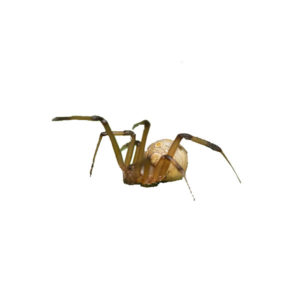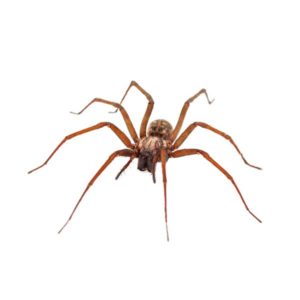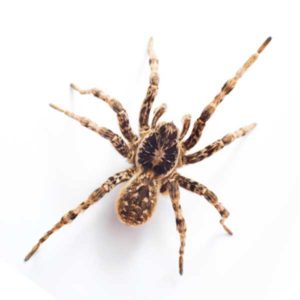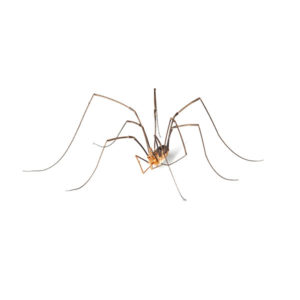Yellow Garden Spiders in Salina
Yellow garden spiders are brilliantly bright with black markings. They can look quite intimidating but they’re mostly harmless to humans. This spider may eat and respin its web each night. Females eat anything that doesn’t tear itself loose from the web, and then consume the sticky strands of the web and spin new ones.
Yellow Garden Spider Habitat
These spiders live in a variety of habitats and prefer to live near the edges of bodies of water, grassy hillsides, and woodlands. The yellow garden spider is frequently observed in areas disturbed by human development, such as roadsides, farms, and gardens. The spider can also be found along the eaves of houses and outbuildings or in any tall vegetation where they can securely stretch a web. Yellow garden spiders spin webs in open sunny areas. They tend to choose areas near plants where they can stay concealed and shielded from the wind. The web of the garden spider contains a highly visible zigzagging X-shaped pattern called a “stabilimentum.” They may also be seen in backyard gardens.
Yellow Garden Spider Behaviors, Threats, or Dangers
Although their appearance may cause alarm, this species is relatively harmless and will generally flee rather than attack when disturbed. These spiders produce venom that is harmless to humans but helps to immobilize prey like flies, bees, and other flying insects that are caught in the web. Because all spiders are carnivores that feed primarily on insects, their presence helps rather than harms landscape and garden plants.
If you are dealing with excess yellow garden spiders, contact your local spider exterminators.






